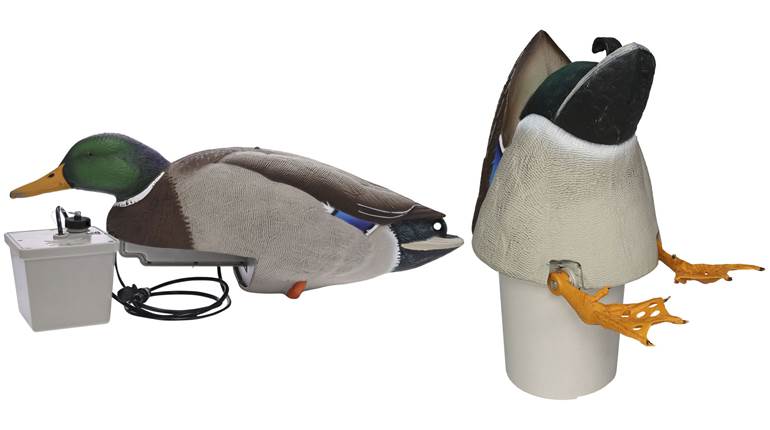
Spencer & His Rifle
At age 11, Christopher Miner Spencer went to live with his maternal grandfather, Josiah Hollister, a veteran of the American Revolution. It was there that young Christopher learned the rudiments of wood- and metalworking. By age 14, Spencer was apprenticed to the Mount Nebo Silk Manufacturing Co., located in South Manchester, Conn. This firm was owned by the Cheneys, one of New England’s most enterprising and influential families, and Spencer would develop a lifelong relationship with them.
At the advice of Frank Cheney, Spencer worked as a toolmaker in Rochester, N.Y., then as a machinist in the locomotive repair shops of the New York Central Railroad. He also worked briefly for the N. P. Ames Co. of Chicopee Falls, Mass., where he received his first formal experience in manufacturing firearms. His next stop was at the factory of Samuel Colt, where he helped to design many of the specialized machines used in the production of Colt revolvers.

By 1859, he had perfected a lever-action, rolling-block rifle design, and on March 6, 1860, he was awarded a U.S. patent for his work. By the spring of 1861, the Civil War had broken out, and the Cheney family entered into a contract with Spencer in which all rights and patents for Spencer’s rifle design would be assigned to them. In return, Spencer would receive a royalty of $1 for every rifle produced; this was later lowered to 50 cents for each military arm produced. The Cheneys had long been friends of Gideon Welles, Secretary of the Navy in Abraham Lincoln’s administration, and this gave them, and Spencer’s rifle, access to government officials in Washington. At this time, Spencer also contracted with Connecticut ammunition makers Crittenden & Tibbals for the manufacture of a .56-cal. rimfire metallic cartridge for his rifle.
In its final form, the Spencer rifle employed a spring-loaded, seven-shot tubular magazine located in the buttstock and a lever-activated action that, when operated, ejected a spent cartridge and chambered a fresh one. Manual cocking of the hammer then readied the rifle to fire. Through the patronage of Secretary Welles, Spencer’s rifle was successfully tested by the Navy, resulting in the purchase of 1,000 guns. Army trials followed in the spring of 1862, and this resulted in the sale of another 10,000 guns. In addition, President Abraham Lincoln also took part in a demonstration of the Spencer, firing seven shots at a target 40 yards away. This demonstration took place on the Mall, near the site of the Washington Monument and resulted in Lincoln’s personal endorsement of the arm.

By the end of the war, more than 144,000 Spencer rifles and carbines had been manufactured, more than two-thirds of which were purchased by the U.S. government. To keep up with demand, Spencer subcontracted some production to the Burnside Rifle Co. of Providence, R.I. Spencer rifles and carbines met with high praise from those who were equipped with them and with respect from those who faced them in battle. In its first combat test, Spencer-armed Union troops under the command of Col. John Wilder earned the nickname “Lightning Brigade” when they defeated a larger Confederate force at the Battle of Hoover’s Gap, Tenn., on June 24, 1863. One week later, Spencer rifles again saw action in the hands of troopers of the 5th Michigan Cavalry Regiment of Gen. George Armstrong Custer’s brigade at the Battle of Gettysburg.
Spencer carbines continued to serve on the frontier after the Civil War, but the firm’s prodigious wartime output contributed to a large postwar surplus. Declining sales forced the Spencer Repeating Rifle Co. into insolvency, and, in October 1868, all of the company’s assets were sold to the Fogerty Rifle Co. of Boston. Within a year, Fogerty’s assets were, in turn, purchased by Oliver Winchester, and Christopher Spencer agreed to assign all future repeating rifle designs or improvements to Winchester.
—Compiled by NRA National Firearms Museum staff





































